KEY CONCEPTS
Important key concepts are based on peer-reviewed research and principles of neurology and child development.
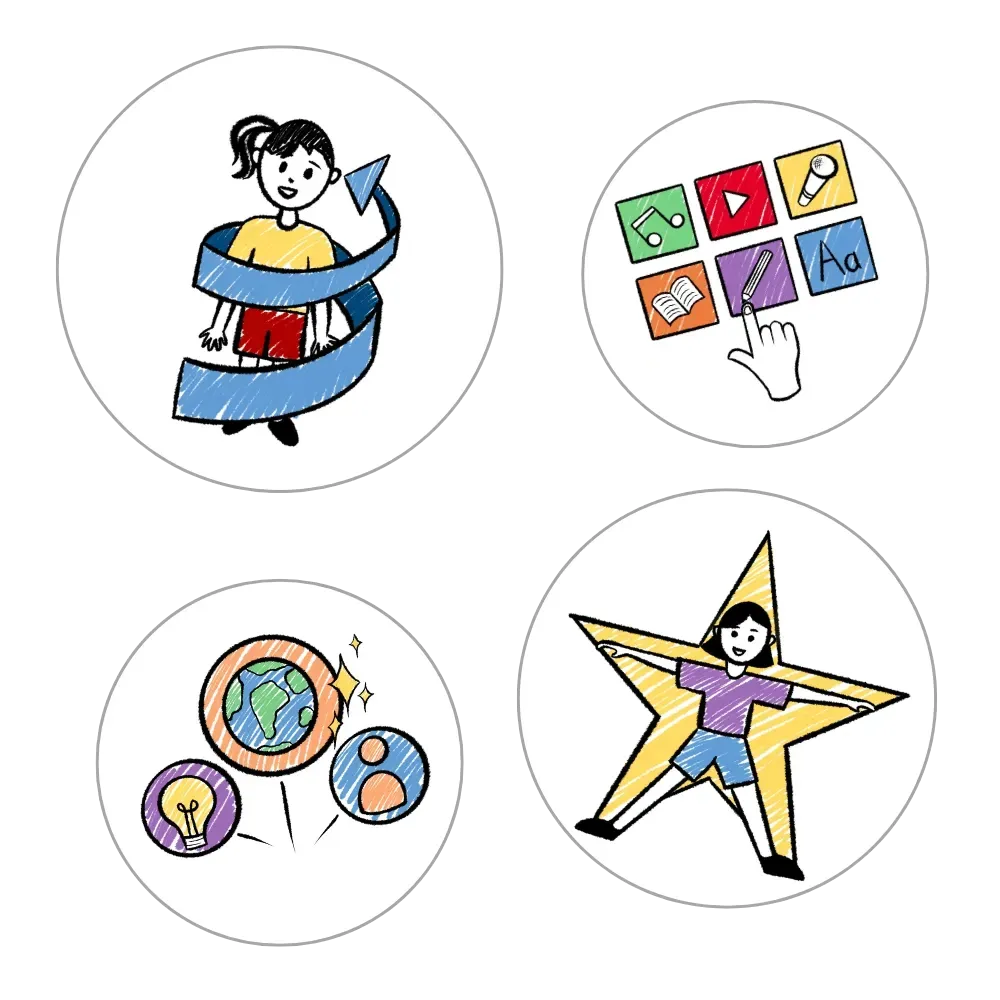
Evidence-based strategies, such as highly structured movement, sensory regulation, and successful learning environments, can make a significant difference in achievement for all students. Join our membership and courses to explore these key concepts and practical strategies you can use with your students immediately.

Body Up Approach
Learning doesn’t start in the head — it starts in the body. Every movement, every shift in balance, every sensory experience sends information through billions of interconnected neurons that shape how children think, focus, and understand.
When we expect children to sit still and learn only with their brains, we cut them off from the very systems that make learning possible.
A body-up approach brings the whole child into the process — head, body, and brain working together through movement, proprioception, balance, motor planning, and praxis. Research shows that when learning engages the whole body, cognition, attention, and memory thrive.
Whole-body learning isn’t an add-on. It’s the foundation of how the brain grows, connects, and learns.
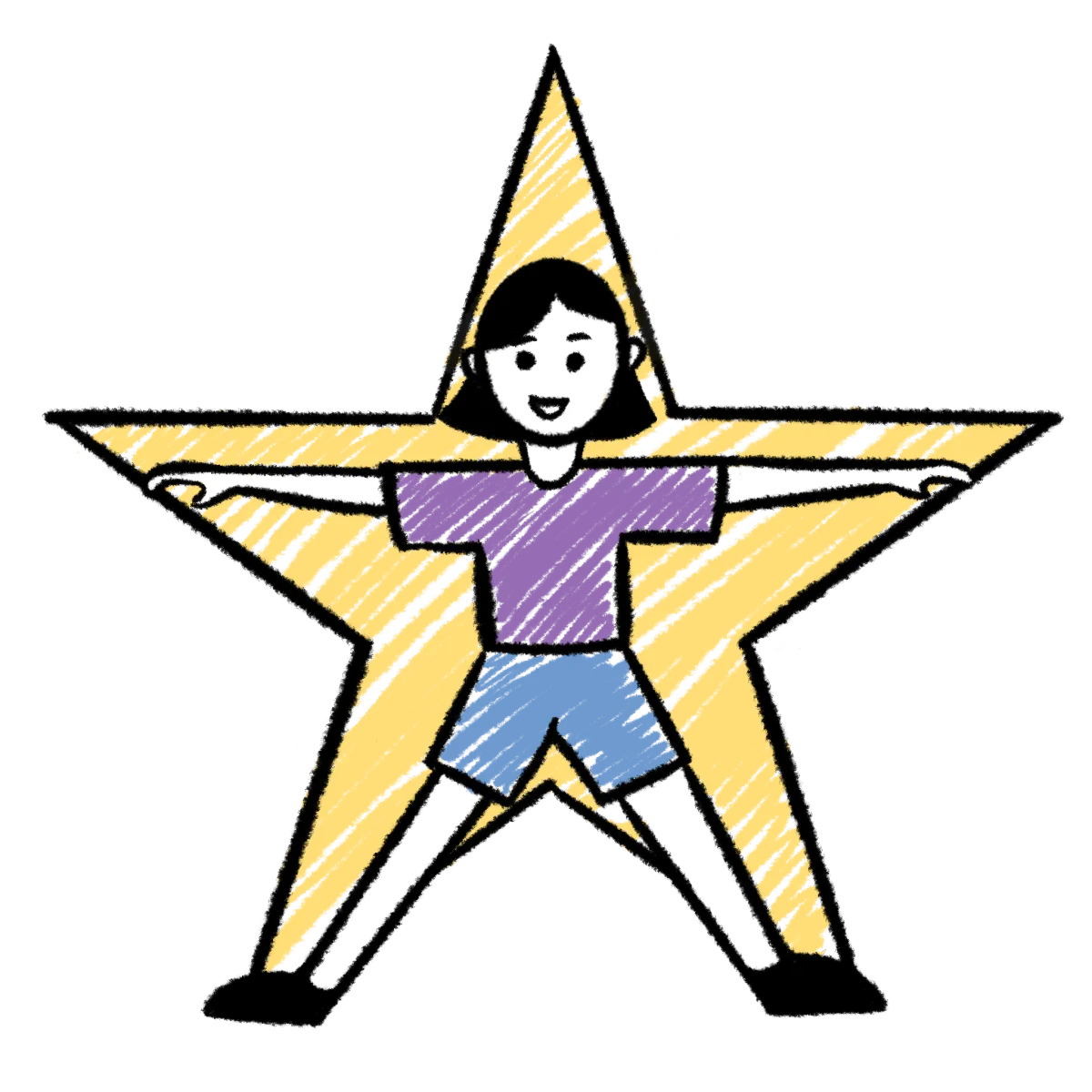
Highly Structured Movement for Learning
Highly Structured Movement for Learning is a fascinating approach that integrates physical movement with academic learning objectives. This concept is based on the understanding that movement can significantly enhance brain function, making it easier for learners to absorb, retain, and recall information. Here are some key details and how you might incorporate it into your online courses or access groups focused on academics and teacher training.

Dynamic Learning infusing movement and effective use of technology
Dynamic Learning involves using movement in everyday learning activities and environments — because all environments are learning environments for children. By integrating creative and highly structured movement into how children learn, we activate the full body-brain connection that supports focus, attention, and deep engagement. When purposeful movement is combined with thoughtful use of technology, learning becomes more interactive, motivating, and meaningful. This approach transforms ordinary moments into opportunities for active learning, helping children connect, think, and remember more effectively.
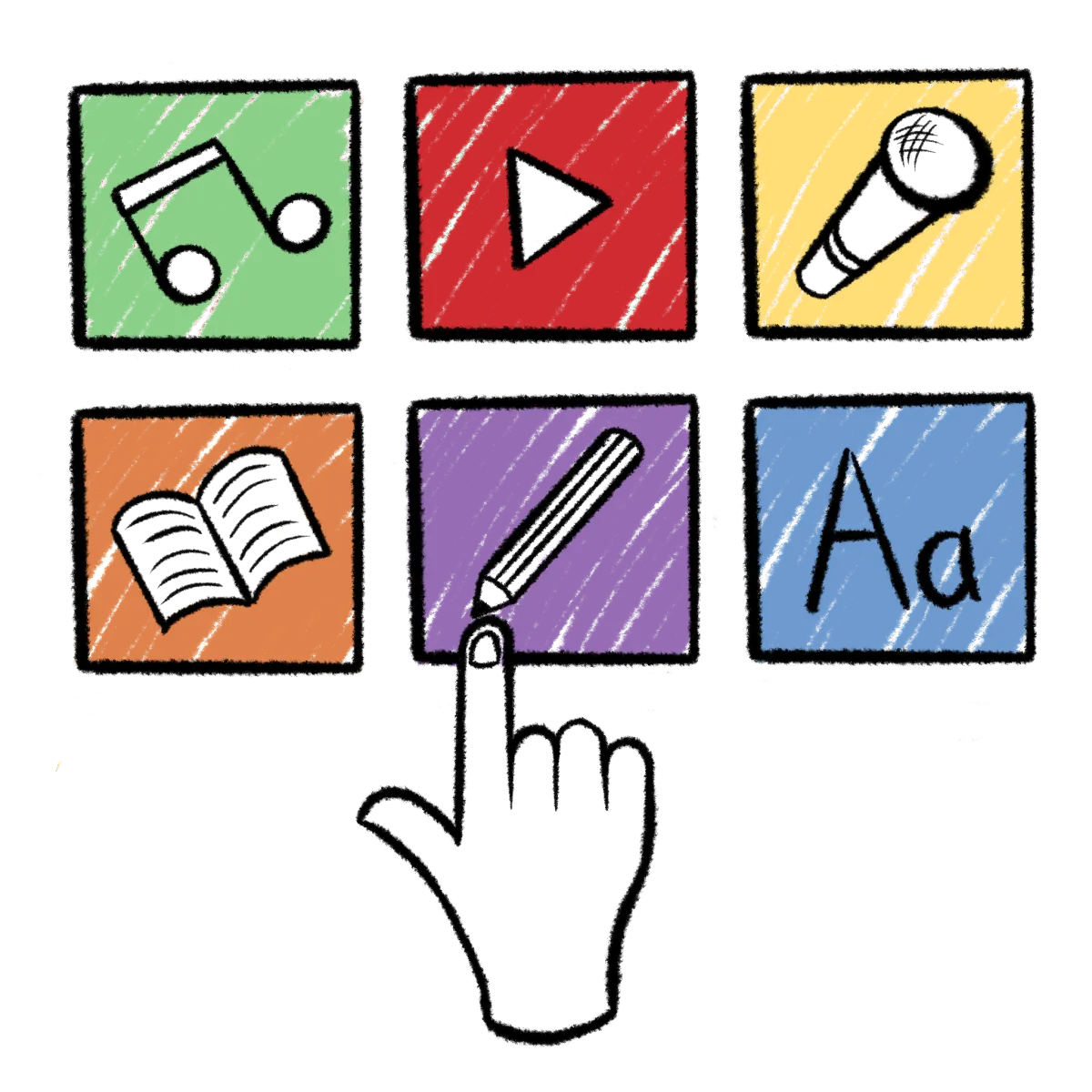
Universal Design for Learning
Universal Design for Learning is an essential framework that aligns closely with the approaches and methods taught throughout these courses and programs. UDL supports the idea that every child learns differently and that learning environments should be flexible, accessible, and responsive to those differences. The approaches presented here naturally reflect UDL principles — encouraging creative, individualized, and inclusive ways for children to engage, express, and succeed in their learning.
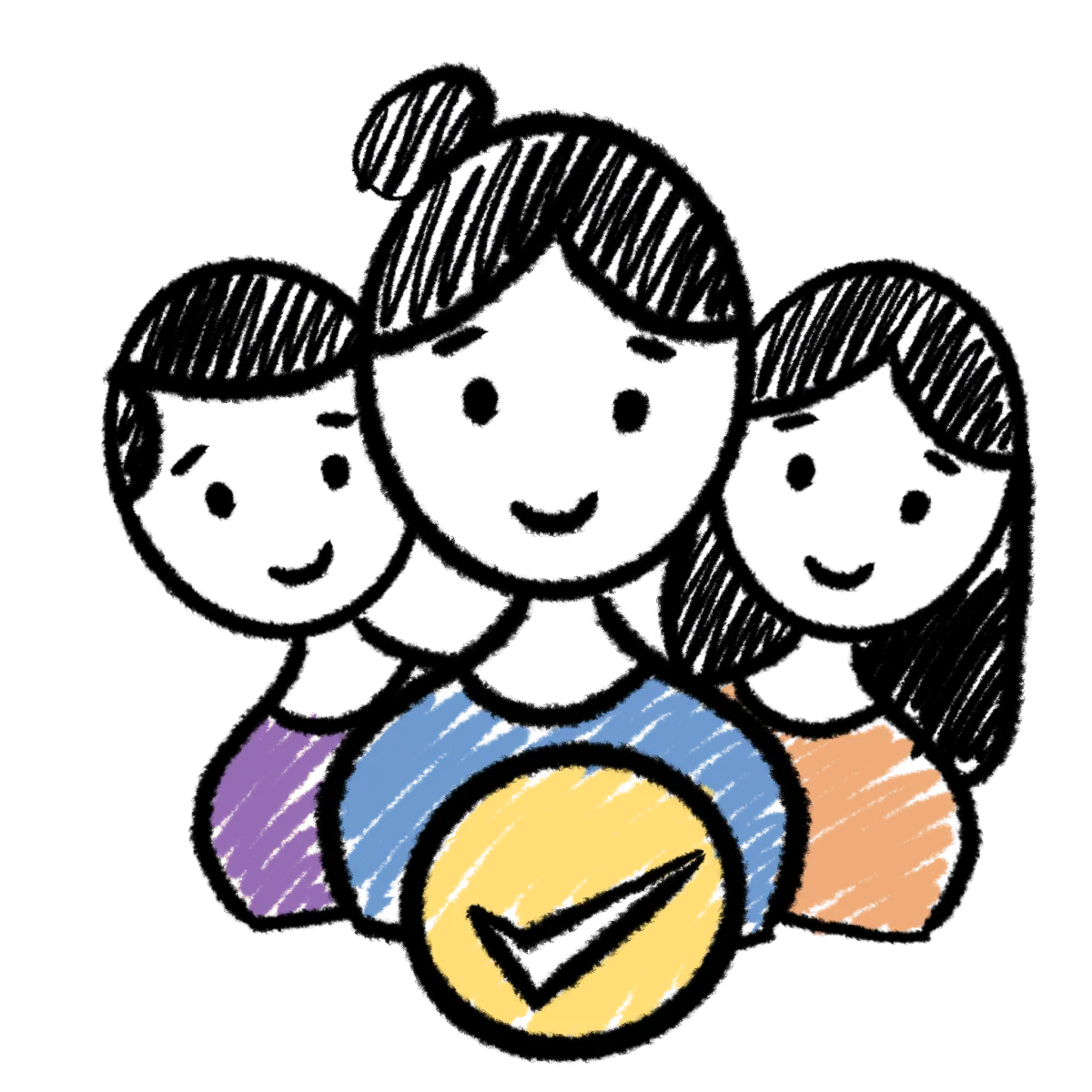
Sensory Regulation
Sensory regulation is at the core of how children learn, focus, and interact with the world around them. When children can manage and organize their sensory input/responses, they can think more clearly, stay calm, and engage more fully in learning. The strategies and programs taught here emphasize structured movement, rhythm, proprioceptive input, and sensory-rich experiences that help children develop strong self-regulation skills. By designing learning environments that intentionally support sensory needs, we give children the tools to manage their energy, attention, and emotions — creating the foundation for both academic and social success.

Evidence-based strategies
Evidence-Based Practice
Every approach we teach is grounded in data and research — not trends or opinions. Evidence-based practice means using strategies that have been tested, measured, and shown to make a real difference in how children learn and develop. The methods presented here are supported by peer-reviewed research and continually refined through observation, data collection, and real-world outcomes. By staying aligned with current neuroscience, assistive technology, and educational research, we ensure that what we teach is both practical and proven — helping children achieve meaningful, lasting progress.
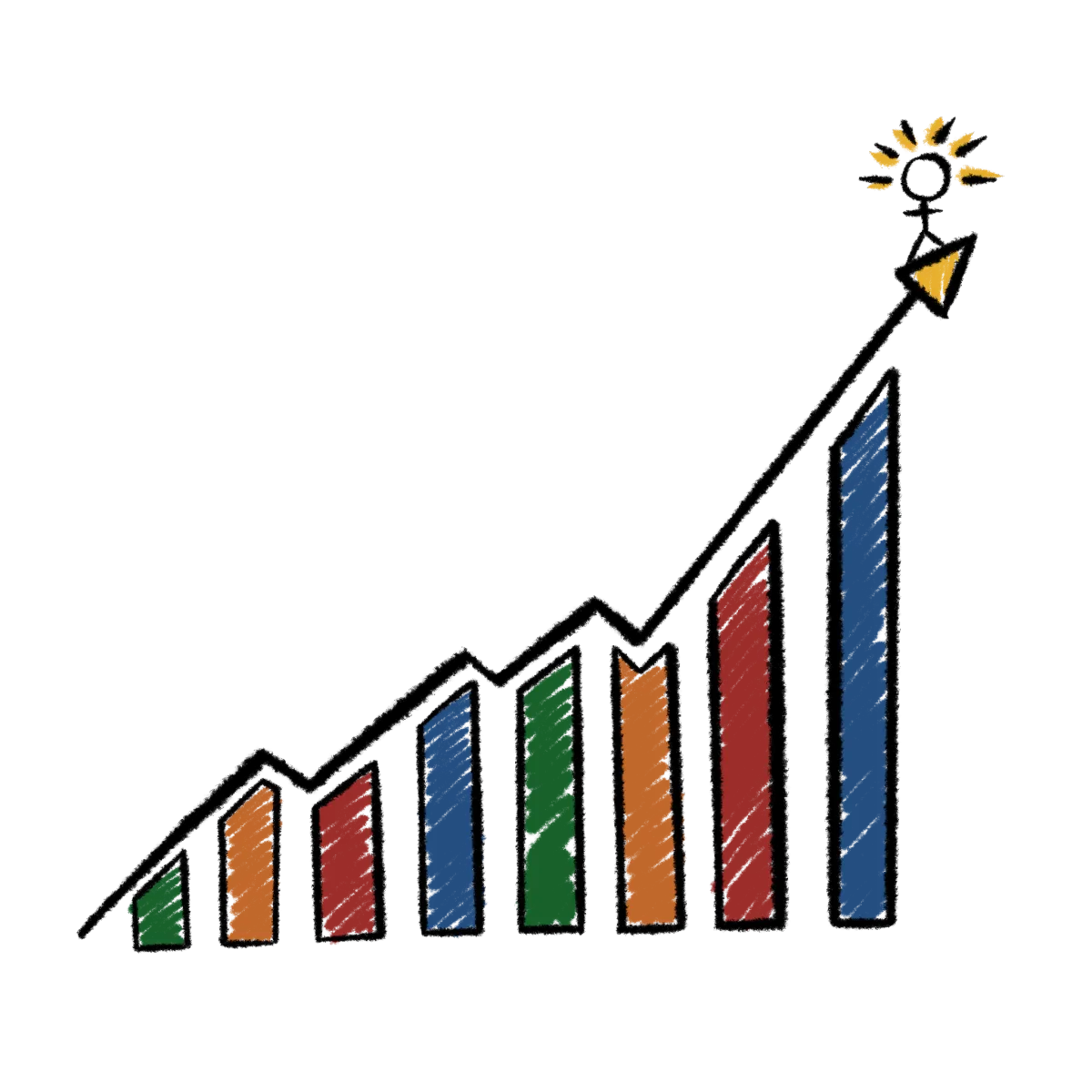
Data collection and progress monitoring
Data drives everything we do. Every program, activity, and strategy is built on measurable outcomes — not assumptions. We track progress carefully, collect real data from real students, and use that information to guide every instructional decision. This is not about numbers for the sake of numbers; it’s about understanding what truly works for each child. By monitoring change over time and adjusting strategies based on evidence, we make data-informed decisions that are both individualized and meaningful. This ongoing process ensures that every approach remains effective, targeted, and responsive to each learner’s growth.
